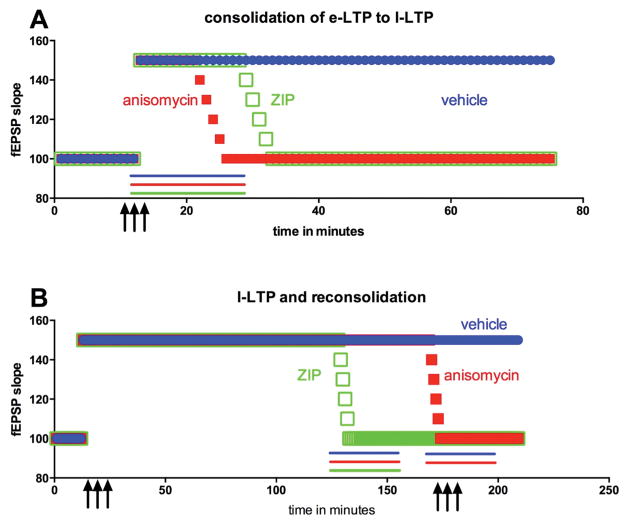Figure 5. Consolidation of late phase LTP (late-LTP) and reconsolidation.
A) Following high frequency stimulation of afferent input (3 upward arrows), early-LTP (e-LTP in the figure) is induced and this consolidates to late-LTP (l-LTP in the figure) over the course of 30 – 60 minutes. Application of translation control inhibitors, such as anisomycin (red line), during early-LTP cause a failure of late-LTP consolidation. Likewise, aPKC inhibition with ZIP (green line) blocks consolidation of late-LTP. Vehicle application (blue line) has no impact on consolidation of late-LTP B) Once late-LTP is established administering translation inhibitors (e.g. anisomycin, red line) in the absence of high frequency stimulation of afferents fails to reverse late-LTP while ZIP application (green line) does induce late-LTP decay. Restimulation of afferents at high frequency during late-LTP (upward arrows) opens a reconsolidation window. Application of translation inhibitors such as anisomycin (red line) during this reconsolidation period leads to late-LTP decay, an effect that is presumably linked to reversal of a chronic pain state in similar behavioral pharmacology experiments.

